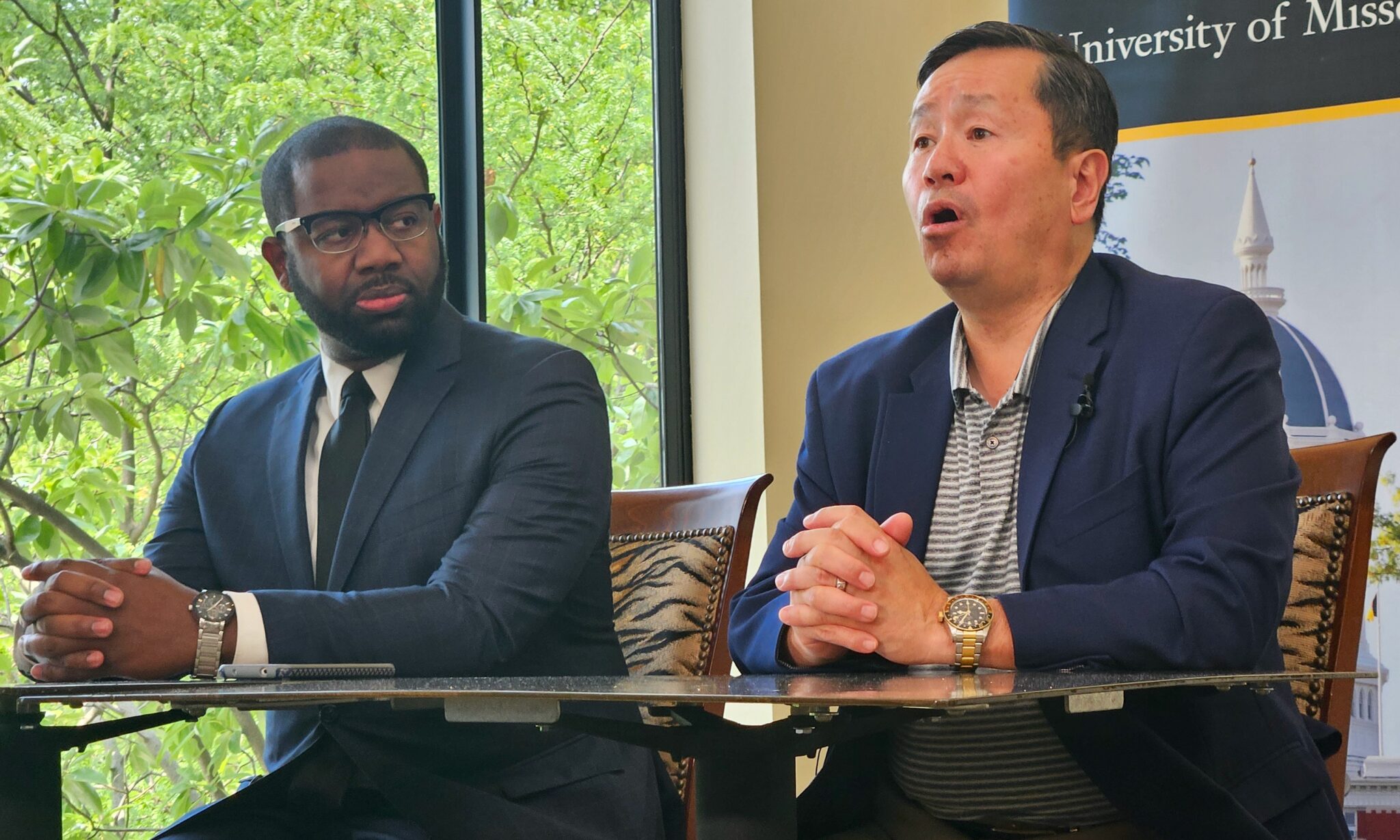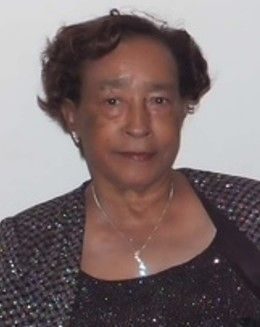Mizzou dumps DEI division

COLUMBIA, Mo. — The University of Missouri will eliminate its division focused on diversity, social equity and inclusion on the Columbia campus, completing the dismantling of administrative structures put in place after protests in 2015 brought national attention to issues of racial equality.
The move coincides with the departure of division Vice Chancellor Maurice Gipson. It is designed to appease Republicans who are showing hostility towards efforts designed to attract and retain students from historically underrepresented groups, Mun Choi, University of Missouri System president and Columbia campus chancellor, said at a briefing with reporters last week.
There have been 13 bills targeting diversity, equity and inclusion filed in the legislature over the past two years Choi noted. During debate on the state budget during 2023, Republicans in the Missouri House added language banning any diversity efforts across state government, language that was deleted before the final budget passed.
One of the leading Republican candidates for governor, state Sen. Bill Eigel, has said he will fire every state employee who works to promote diversity and equity in state agencies, including universities.
“We realize the political situations that have occurred in other universities across the United States, including Texas, and Florida, Utah, and now Alabama, as well as many others,” Choi said.
Choi said the university has lobbied heavily against legislative action.
“We do believe that our proactive approaches in the past have really played an important role when diverting these bills from passing and I will be sharing our plans with elected leaders beginning this week,” he said.
The top goal is to protect the university’s operating and capital appropriations, Choi said.
“As a university we see about $500 million per year in appropriations and $200 million in capital one-time projects,” Choi said. “If we don’t see the $700 million dollars per year, we would have to eliminate every single position at all of the colleges that we have at universities. That is not a risk that I want to take.”
Gipson, hired as vice chancellor in 2020, is leaving to become interim president at Philander Smith University, an historically Black college in Arkansas. The four units of the division will be moved into other offices, which Choi said will make their mission part of the overall mission in each office.
No employees will lose their jobs, Choi said.
Gipson, who joined Choi in the briefing, said he’s confident that the work begun in the division will continue.
“We’ve been inspired and impressed that our colleagues here say, ‘this is going to work, we don’t have to all be underneath, necessarily the same place to get this work done,’” Gipson said.
The division’s units were moved out of the offices where they will return as part of a university commitment following the events of the fall of 2015, when long-simmering grievances about racial issues on campus led to a protest movement called Concerned Student 1950.
The student group chose a name that reflected the year the first Black student was admitted to the school, which was founded in 1839. It sought to bring attention to overlooked school history that the campus was founded on the wealth of slaveholders and partially built with the labor of enslaved people.
A large group of students created a tent city, a graduate student started a hunger strike and the protests grabbed international attention when the Missouri Tiger football team joined the protest, stating they would not participate in sports until administrators showed they were meeting the demands that included the resignation of then-system President Tim Wolfe.
Other demands included more Black faculty, a plan to increase the retention rates for marginalized students and increased funding and personnel for the student support centers.
Wolfe resigned in November 2015 and the protest ended. In the year between his removal and the announcement that Choi would become the new permanent president, the university established both a campus division and a system vice-presidency focused on DEI efforts.
Choi, who was born in Korea, is the the third non-white permanent president of the university, following Manuel Pacheco, president from 1997 to 2002 and Elson Floyd, who was Black, holding the post from 2003 to 2007.
Choi became campus chancellor in 2020, becoming the first president since the university system was established in the 1960s to hold both jobs.
“This reporting structure in the chancellor’s office is important to cementing the level of support for this work,” Kevin McDonald, then-chief diversity, equity and inclusion officer for the UM System and vice chancellor for inclusion, diversity and equity on the MU campus told the Columbia Daily Tribune in 2016. “I would hope it elevates the level of visibility of the work they have been doing.”
Despite those efforts, Black enrollment on the Columbia campus has fallen from 7.3% of the student body in fall 2015 to 5.3% last fall. The share of Hispanic students has increased to 5.5% from 3.5% in fall 2015 and the share of Asian students has increased from 3% from 2.2%.
The share of white students has remained virtually unchanged at about 77%.
The university anticipates an 11% increase in Black students and a 14% increase in Hispanic students on campus this fall, Choi said.
One specific demand was to increase Black representation among faculty to 10%. Black academics made up 3.5% of tenured and tenure-track faculty on the Columbia campus in the fall of 2023, down from 4.2% in 2018, the target year for the 10% goal.
While the share of Black students and faculty has declined, graduation rates for underrepresented ethnic groups on campus have increased, Choi said. The Columbia campus has the highest six-year graduation rate for Black students among public universities in Missouri, he said, and is near the median of flagship universities in nearby states for Black faculty.
The university began removing the structures put in place following the protests last year after a U.S. Supreme Court decision that ruled race-based admission policies were unconstitutional.
Missouri Attorney General Andrew Bailey ordered universities to “immediately cease their practice of using race-based standards to make decisions about things like admission, scholarships, programs and employment.”
The university responded by ending preferences in a number of scholarships and persuading donors to remove any racial or ethnic criteria from endowed programs. It also stopped requiring applicants for system administration jobs to include diversity statements in their job submissions.
Choi said the university has used those actions as part of its lobbying strategy.
“We do believe that our proactive approaches in the past have really played an important role when diverting these bills from passing,” Choi said, “and I will be sharing our plans with elected leaders.”
There were issues identified with a separate structure that the reorganization will address, Choi said.
“Because the ID division that works on student success programs were operating in an organization that was outside of the rest of the student success organization that’s in the Provost Office, there’s less opportunity to be inclusive, and less opportunities to be collaborative in that process,” he said.
The goal of the reorganization, Choi said, is to preserve the jobs and programs but to make them less visible.
“When you read the headlines that are out there, nationally, DEI is seen as an ideology, and it may be viewed by some as being exclusionary in the name of inclusion,” Choi said. “That is not what we do at the University of Missouri.”
Miss Clipping Out Stories to Save for Later?
Click the Purchase Story button below to order a print of this story. We will print it for you on matte photo paper to keep forever.

